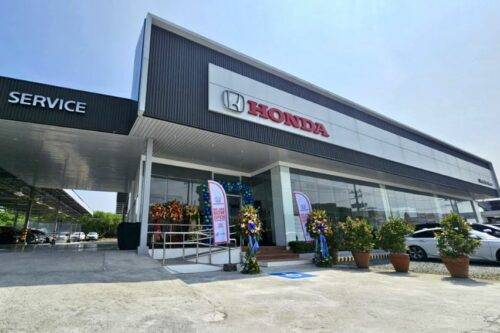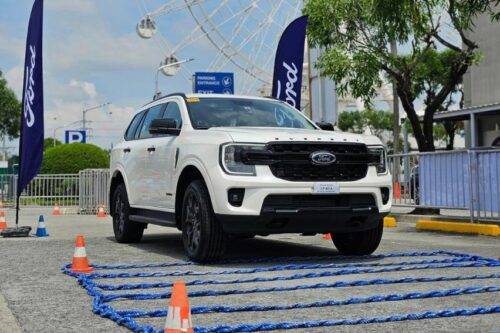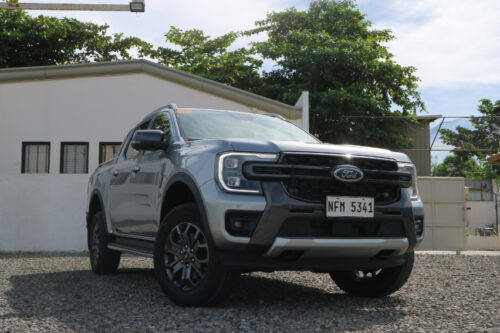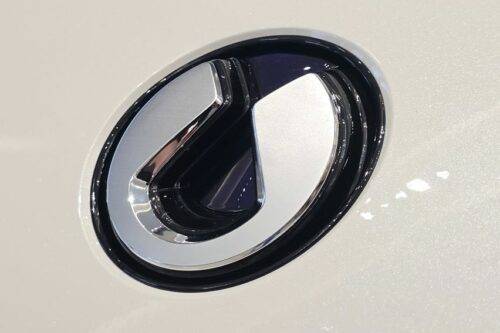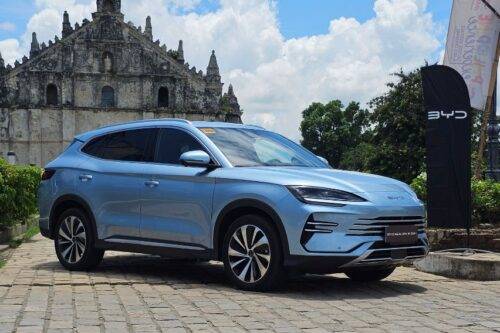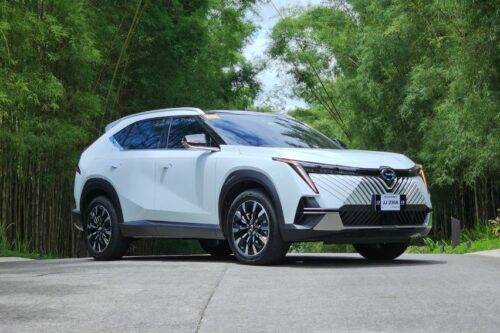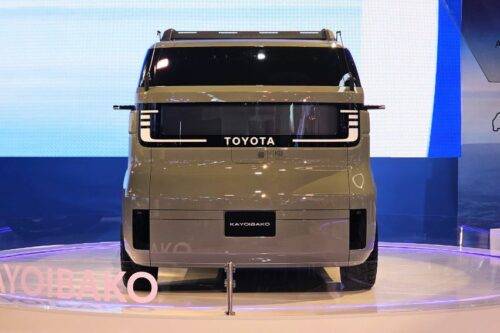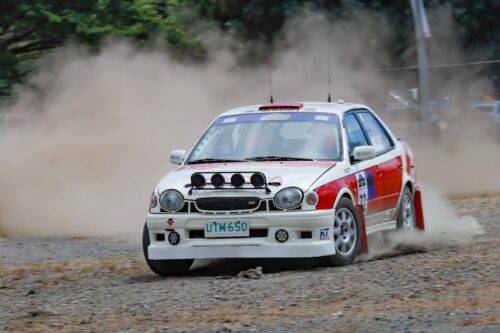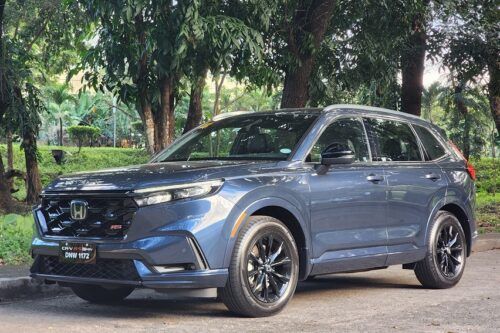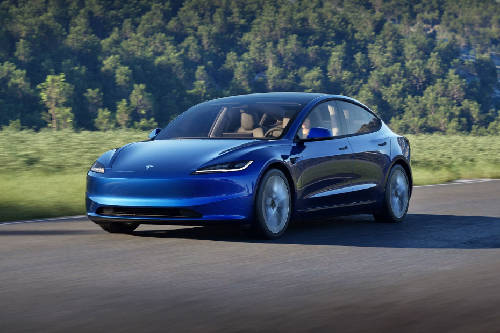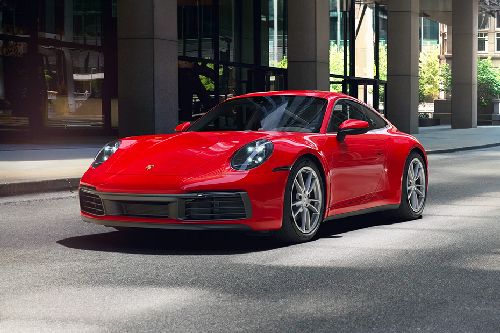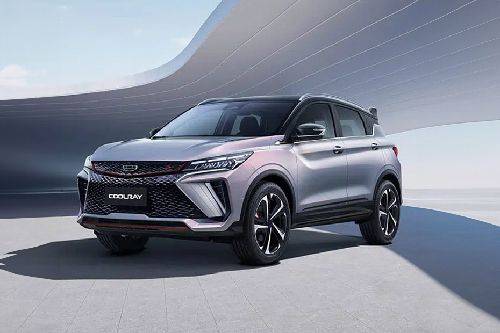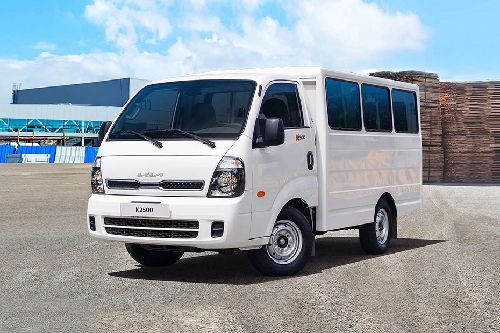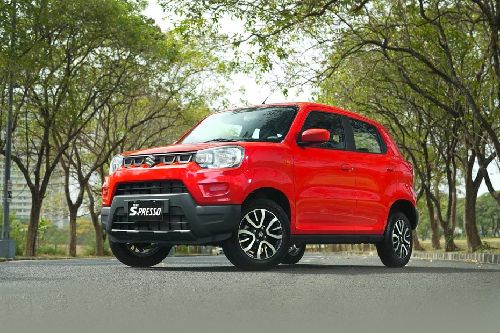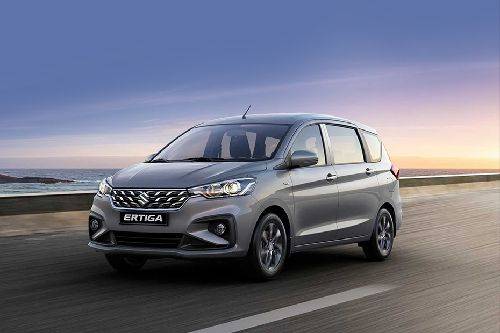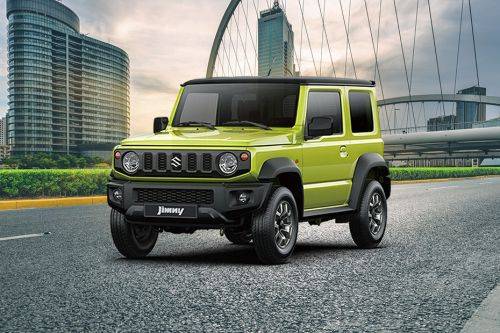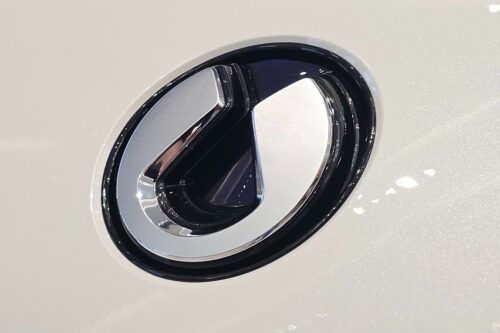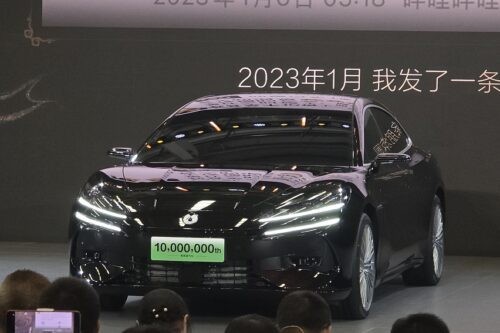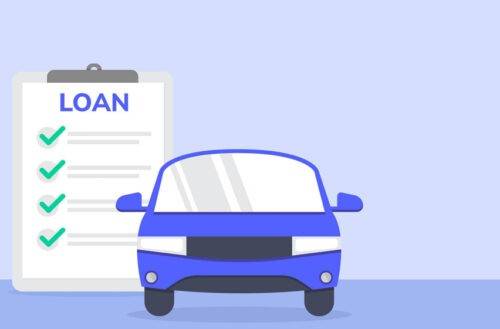Metro Manila tagged with 'worst traffic' worldwide
The DOTr and MMDA are currently working on initiatives to help alleviate the traffic congestion in NCR.
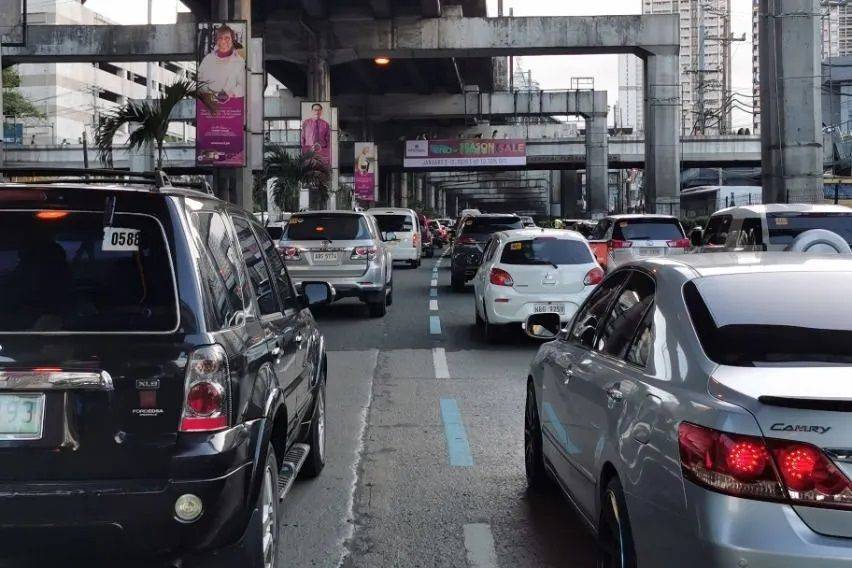
MANILA: Metro Manila ranked first in the 2023 Tomtom Traffic Index list of metropolitan areas with the worst traffic out of 387 cities across 55 countries.
KEY TAKEAWAYS
How much is the average travel time per 10 kilometers in Metro Manila in 2023?
According to Tomtom International, the average travel time per 10 kilometers in Metro Manila last year was 25 minutes and 30 seconds.How much time did motorists spend on the road during the rush hours in Metro Manila throughout 2023?
Motorists spent a total of 117 hours on the road during the rush hours throughout 2023.According to multinational traffic data provider, the average travel time per 10 kilometers in Metro Manila last year was 25 minutes and 30 seconds.
Motorists spent a total of 117 hours on the road during the rush hours throughout the year at an average speed of 19 kilometers per hour.
Meanwhile Department of Transportation (DOTr) Secretary Jaime Bautista said, “The top ranking of Metro Manila in world traffic poses a challenge not just for DOTr but other agencies as well to be creative at finding lasting solutions to metro traffic.”
He added that the agency is currently working on road transport infrastructure projects aimed at alleviating the increasing traffic in densely populated areas while also enhancing the commuter experience.
“We will fast track road projects while collaborating with appropriate agencies with the help of the private sector,” Bautista said.
For his part, Metropolitan Manila Development Authority (MMDA) Acting Chairman Atty. Romando Artes admitted that the traffic congestion in Metro Manila has been an issue for decades, citing several reasons, including the number of vehicles on the road, lane obstructions, diggings and repairs, the ongoing construction of major infrastructure projects by the government, the layout and conditions of the roads, and the suspension of the No Contact Apprehension Policy.
“Metro Manila has exceeded its carrying capacity for vehicles since it has 3.6 million vehicles on a 5,000-kilometer road network. In EDSA alone, there are 400,000+ vehicles traversing the highway daily but its carrying capacity is only for 300,000 vehicles,” he stated.
Artes also identified car accidents as cause of lane obstructions. In its report on partial road crash statistics for the previous year, the MMDA recorded almost 70,000 incidents.
He also noted the configuration and condition of the roads in certain areas where there are abrupt transitions from wider, more lanes to smaller, narrower lanes. He mentioned C5 Kalayaan Avenue and the Ninoy Aquino International Airport Expressway (NAIAX) ramps in front of NAIA Terminal 3 as examples.
According to the MMDA chief, the temporary restraining order on the NCAP also had an impact on traffic congestion and the implementation of the rules and regulations needed to mitigate it. The agency said that there were just 761 recorded apprehensions before the policy's temporary suspension was announced. Artes stated that it went up to thousands per month in 2023.
However, despite the challenges, Artes pointed out that the agency is currently working on initiatives to help alleviate the traffic congestion in Metro Manila.
The MMDA plans to deploy covers to prevent onlookers from slowing down to take pictures and videos of accidents. According to Artes, the covers should be acquired this year.
The agency is also looking into the proposed elevated walkways along Epifanio de los Santos Avenue (EDSA) and have recommended to the Department of Public Works and Highways and DOTr that all future railway projects be built underground or as subways.
Also included in the agency's current initiatives are the improved MMDA Communications and Command Center, the intersection upgrades in Metro Manila funded by Japan International Cooperation Agency, the Intelligent Transport System, and regular clearing operations executed by the Special Operations Group-Strike Force.
“Ito po ay inaaral ng kasalukuyang administrasyon. Kami po ay gagawa ng paraan, magtutulong-tulong kami ng iba’t ibang ahensiya ng pamahalaan para i-address ito at huwag nang mag-worsen, at eventually, mabawasan (This is being studied by the current administration. We will find a way, we will coordinate with different government agencies to address it and not make it worse, and eventually, alleviate the traffic congestion),” Artes said.
He added that the agency also needs the cooperation of the motorists because discipline on the streets is also needed to solve the traffic problem in Metro Manila.
Photos from Ruben Manahan IV, Department of Transportation, and Metropolitan Manila Development Authority
Also read:
Metro Manila LGUs support suspension of pass-through fees
Sell your car at the best price
 Verified and genuine buyers
Verified and genuine buyers
PIMS 2024
- Latest
- Popular
You might also be interested in
- News
- Featured Stories
- Latest
- Upcoming
- Popular
Latest Car Videos on Zigwheels

Car Articles From Carmudi
- journal
- advice
- financing
- insurance






